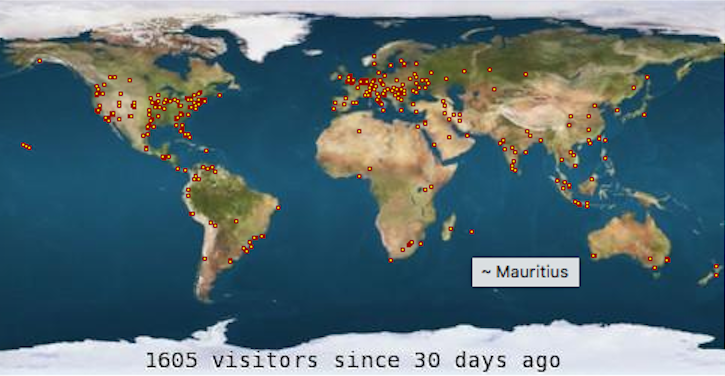As of July, 2022, I am no longer providing downloads of the desktop versions of our software.
After retiring from the university eight years ago, I stopped maintaining the desktop (standalone, executable) versions for several reasons.
The main reason is that web technology has developed to the point that interactive web apps can be written once, then distributed and run on all varieties of smart phones and computers. One important development has been the dramatically increased speed of Javascript in web browsers, which enables fast computation and graphics animation.
Another reason is that I have chosen not to spend the cost in time and money required to update and build desktop executables for multiple operating systems, as the versions of our development tool, LiveCode, and operating systems change.
The source code of our desktop software is posted at our GitHub site.
Please see our Web Labs, for which the source code is also posted at our GitHub site.
Please send us a message letting us know what you think at support@reactorlab.net
Links to external sites open in new browser tabs.
